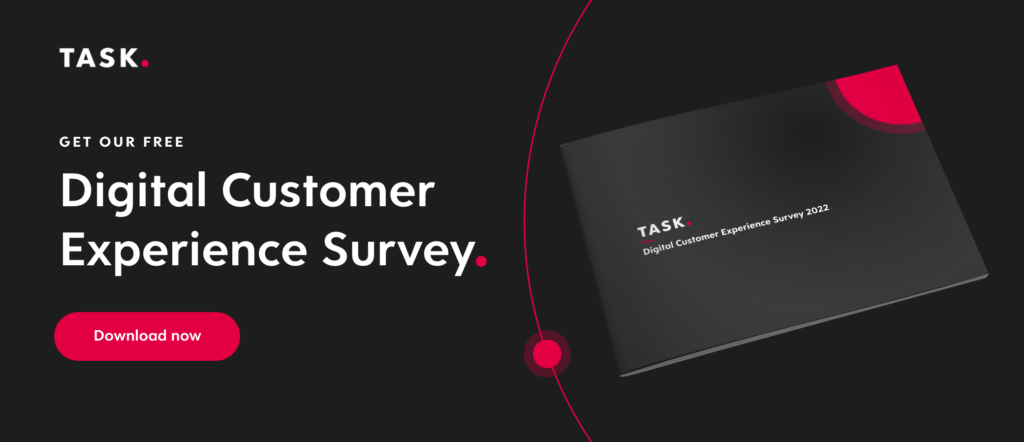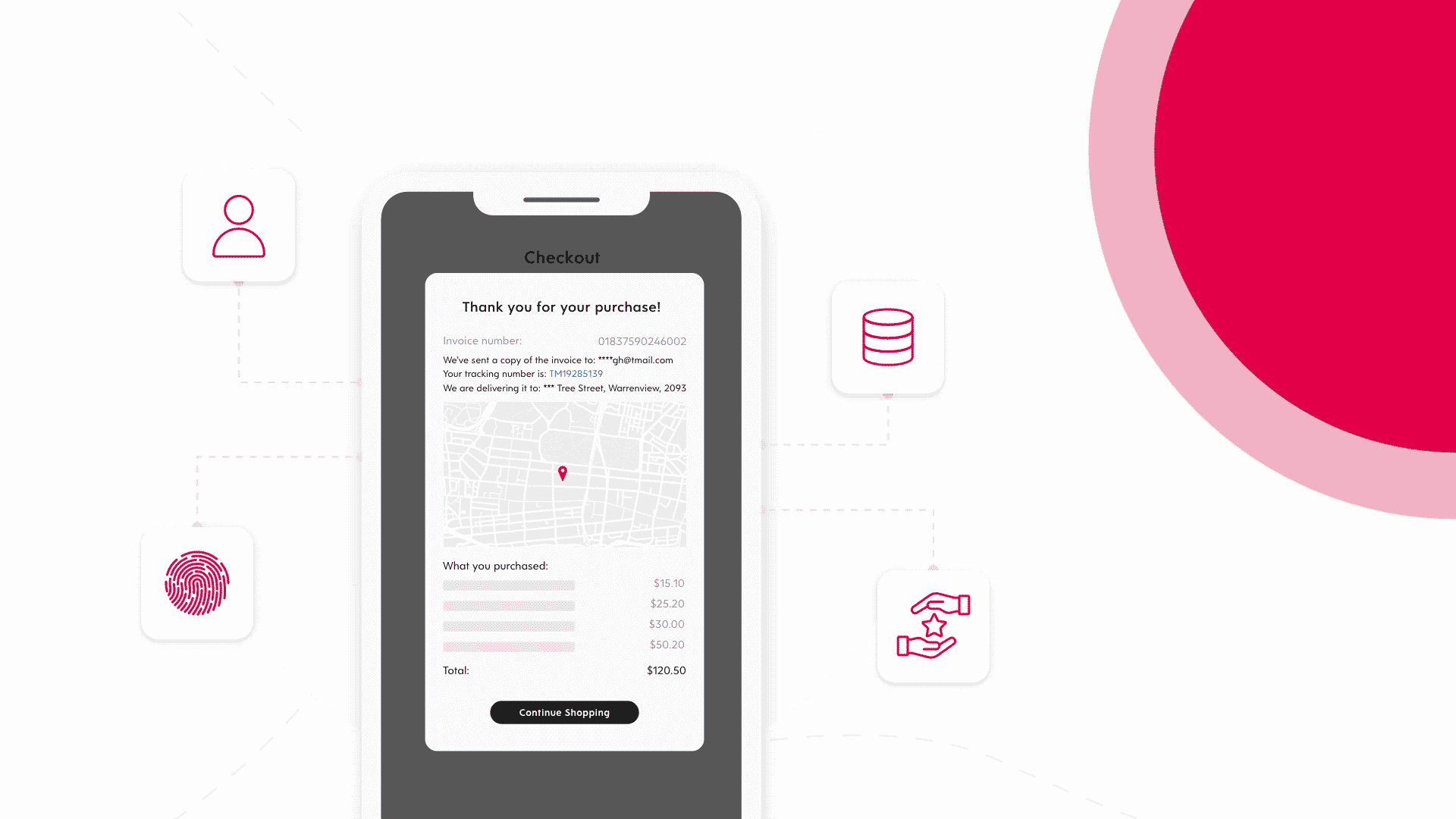Better customer experiences help drive revenue. But to curate a phenomenal, personalized experience for every customer, you need to know who they are and what they like. That’s where transactional data comes in. Offering real-time, accurate intelligence, and transactional data is the key to staying ahead of the competition.
Here’s what you need to know right now about collecting, analyzing, and leveraging transactional data in hospitality businesses – and how it will help boost sales and retain customers.
What is Transactional Data?
Every time a customer makes a purchase through your POS system, that information is stored as transactional data. Because it is collected through a smart digital tool, transactional data can actually tell you a lot about who your customers are, how the transaction took place, and what factors may have influenced that buying decision.
Transactional data captures all the information relating to each transaction (and by transaction, we mean the immediate payment interaction processed through a POS touchpoint). Transactional data includes:
- The time of purchase
- The location where it took place
- What digital channel or physical touchpoint was used
- The payment method
- Whether any discounts or promotions were used
- If the purchase came from a repeat customer or loyalty member
Transactional data depends on multiple digital applications working together, including security software, POS servers, and payment operators. Historically, the complexity of collecting and understanding this kind of data has made it difficult for businesses to effectively use. However, smart, highly-integrated technology can present a clean capture of transaction data to help track meaningful, real-time insights.
Let’s be clear – transactional data is the raw collection of information. It’s not analytical data or metadata, which both deal with the calculations run based on transactional data. And it’s not master data or reference data, which all represent the operational systems and key business processes that surround transactions.
Transactional data falls under the category of structured data, and it is highly time-sensitive. Imagine that a customer buys a to-go coffee at a QSR. The transactional data will include all the pieces of information related to that purchase – the coffee was bought at 8:23 AM, from a self-ordering kiosk on 23rd Street, with a loyalty member’s contactless credit card.
Analytical data, meanwhile, would uncover that this marks the third coffee this customer bought this week. Master data would tell us that coffee in this location is most often purchased between 8 and 9 AM. Operational data, then, would show that the 23rd Street storefront sells more coffee through self-order kiosks than any other location.
Transaction data serves as the foundation of providing meaningful, real-time data to support a host of other useful types of data and analytical tools. Invest in transactional data, and every other data source will improve too.
Why is transactional data important for the success of master data analysis?
Ever since web cookies have gone by the wayside, it has become increasingly important for businesses to collect first-hand data.
Transactional data records essential information and lays the groundwork for gaining meaningful insight into customer habits.
Make Data-Driven Decisions with a Transaction Management Platform
A digital transaction management platform streamlines business operations for hospitality businesses, saving money and time.
Understanding purchase behavior
Real-time transaction data adds to a cumulative data stack to help identify how customers:
- Interact with your brand
- Make purchasing decisions
- Join loyalty programs
- Take advantage of promotions
Understanding purchase behavior is all about uncovering what kinds of shopping experiences lead to more sales and higher revenue.
Gathering granular insights into your performance
Understanding your purchase behavior is a big-picture indicator of overall performance. To build up that image, you need to start by gathering granular insights into your performance.
The starting point is to build up accurate, individual data points, and then collate them into key performance metrics. By tracking the success of individual products or product categories through transactional databases, businesses can manage their offerings with better efficiency and accuracy.
Enabling post-purchase analytics
“At the end of the day, new technology must improve the customer experience,” says TASK’s North America President, John Laporte.
Let’s say that your business is in the unfortunate position of experiencing high rates of complaints and requests for refunds. Master and transactional data can help uncover which items are causing issues or are leading to negative customer experiences.
Post-purchase analytics depend on transactional data which includes:
- The rate of complaints, and what those complaints indicate
- Items that are most often returned
- What kinds of services or delays most often lead to positive or negative customer feedback
Using a transactional database paves the way towards a more comprehensive picture of what your customers like, and what they don’t. This gives you the power to then make changes to your operations in a way that improves customer satisfaction – and has them coming back for more.
How to leverage transaction data
Transaction data has been proven to help hospitality businesses achieve better metrics and more accurate analysis – yet only 42 percent of companies collect and use transactional data.
This is likely because you can’t use just any database to effectively leverage transactional data. A high-level, integrated POS technology stack is required to collate multiple data sources into a single, meaningful platform.
Investing in data integration, however, makes it easy and productive for businesses to take advantage of transaction insight – and drive forward better customer experiences as a result.
Driving omnichannel experiences
Your POS system should enable seamless purchase journeys, while also pulling transactional data from all touchpoints.
Whether a purchase is made through a POS terminal, mobile app, or automated drive-thru window, the data from that transaction should filter immediately into a single database. This not only allows brands to gather comprehensive, real-time insight on their performance, but it also drives forward better consistency when it comes to delivering service to the customer.
“Omnichannel means rewarding customers at every moment of service and from any touchpoint – and that requires you to have the capability to immediately ID your customers and offer a curated experience to them,” explains John.
This process includes everything from sending a ‘thank you’ note immediately after purchase to making specific promotional offers suggestions right when a customer opens their ordering app. The key is to create a consistent experience – through both digital and in-person channels – that makes customers feel seen and acknowledged.
Engage Your Guest Using Omnichannel Integration and Personalization
Restaurant guests expect a personalized digital experience. Innovating brands must connect with guests to introduce changes that drive both sales and profit.
Introducing personalized customer interactions
Personalization has never been so important to customers as it is now. In fact, 83 percent of consumers say they want companies to remember their past purchases to carve a personalized experience for them in the future.
Take McDonald’s as a prime example. In an effort to determine the levels of interest in changing to an all-day breakfast menu back in 2015, the franchise sent personalized tweets to users who had expressed their love for McDonald’s.
Not only did this campaign provide valuable feedback to the company, but it also demonstrated its commitment to serving its customers and curating meaningful connections.
Transactional data can provide the individual customer history required to power personalized digital experiences. Curating better customer experiences starts with having the knowledge to identify and predict customer needs – and that all starts with data.
Enabling rich analysis of sales performance
Using the identifiers collected through transactional data, businesses can uncover deeper-level insight into the customer decision-making process.
Here’s an example: Your revenue and sales have increased by eight percent over the last two months, but you’re unsure why it’s happening.
Leveraging data analytics may show that a certain food item or food category has spiked in popularity. You might find that in northern states, hot drinks are in demand earlier in the Autumn season compared to southern states. Knowing exactly when this increase in demand will happen (and where) can help you push your profitability further in the right locations at the right times.
Enhancing marketing initiatives
Understanding purchase patterns is essential to delivering relevant, effective one-to-one marketing strategies. Real-time analytics on how individual consumers respond to various promotions allow businesses to tailor and amend marketing tactics for optimal sales growth.
These campaigns should take an omnichannel approach and may include:
- Individualized social media outreach
- Personalized offerings through a loyalty app
- In-store promotions, such as discounted add-ons, for new or repeat customers
Enhancing the support experience
Transactional data also extends to post-purchase analytics, such as customer feedback, complaints, and returns. This allows retailers to quickly adjust offerings to reflect real-time customer responses.
The simplest way to do this is through a follow-up email, addressed specifically to the customer, following any new purchase. Offering a discount on their next order is a common and effective way to encourage customers to take the time to provide your brand with their feedback.
Predictive analytics
Businesses using integrated data analytics can forecast future trends and behaviors based on historical transactional data.
This happens on a large scale – knowing which week of the year customers in each state will likely start demanding more hot drinks – but it’s also helpful on the individual scale.
Predictive analytics can help show what time of day a customer usually interacts with or purchases an item from your brand. Knowing this, you can set up reminders just before that time to more effectively become part of their natural routine.
Best practices to make the most of transactional data
Scaling transactional data can be challenging. To gain the most from your data stack, be sure to:
- Invest in a single, integrated POS system
- Focus on omnichannel approaches and messaging
- Tap into AI and Machine Learning (ML) technology to help automate personalization tactics
It all comes down to investing in the right tools that support integration, smart technology, and consistency. Contacting experts in the hospitality technology space is the best way to start getting more out of your transactional data.
Conceptualize the challenges with transactional data
Data is only valuable if it’s accurate, up-to-date, and clearly collated such that you can analyze it properly against other data-collection sources.
Be conscious of the capabilities of your current technology stack – as many older systems lack the ability to integrate properly between channels.
John explains, “More often than not, you have to throw away old tech and grind up legacy practices. Otherwise, you’ll never achieve the power of full integration. Sustainable digital transformation means starting clean – launching a platform actually understands the tech world that you’re living in now.”
Incorporate personalization
A customer is 110 percent more likely to add items to their checkout cart if they are presented with an individualized digital experience. That may involve automated pop-ups tailored to their known preferences. It may include a simple “Welcome back” message with their name. Or it may mean remembering credit card details from their last purchase. Ideally, the experience would include all of the above.
The more you can leverage data-driven insight, the better your opportunities for personalization and driving better customer experiences.
How To Get Started
The first step towards personalization is to invest in top-of-the-line technology providers to help you tap into the power of transaction data.
Building a stronger business in today’s competitive hospitality market is all about giving a memorable, personal, and seamless experience to customers – and that starts with properly collecting and leveraging data.
Boost profits, improve your brand, and push your business forward using smart, integrated data-driven technology.

